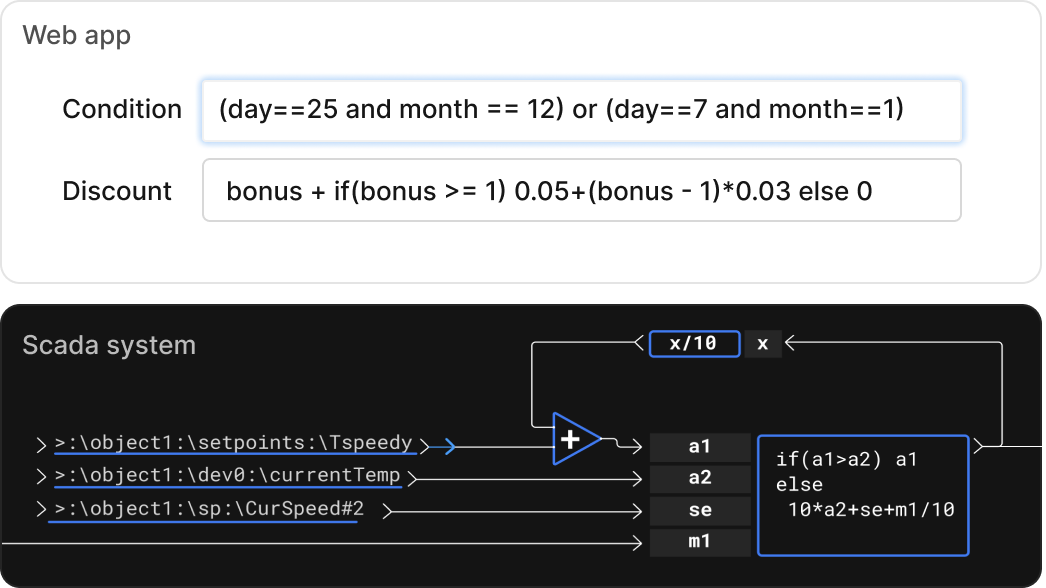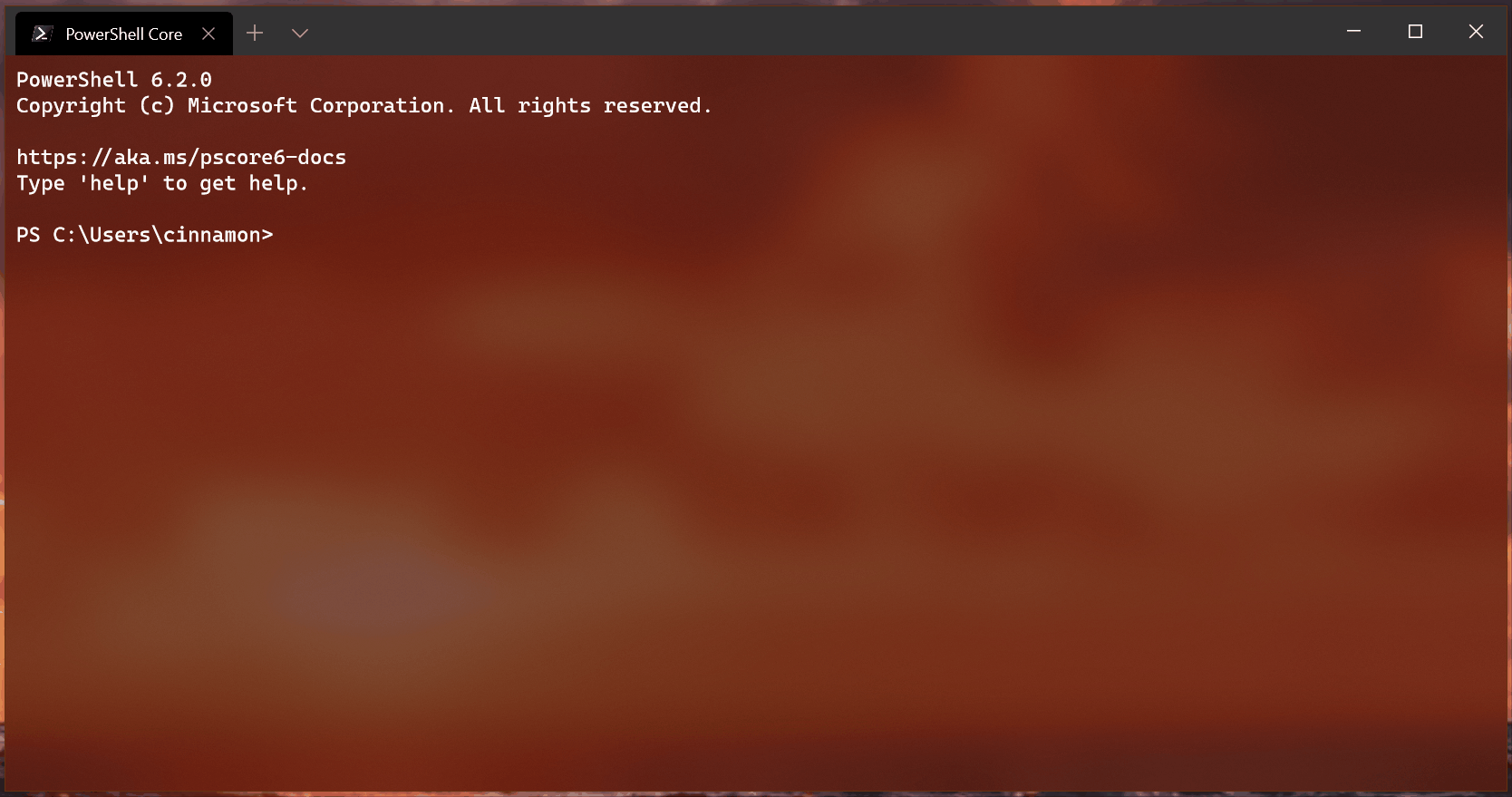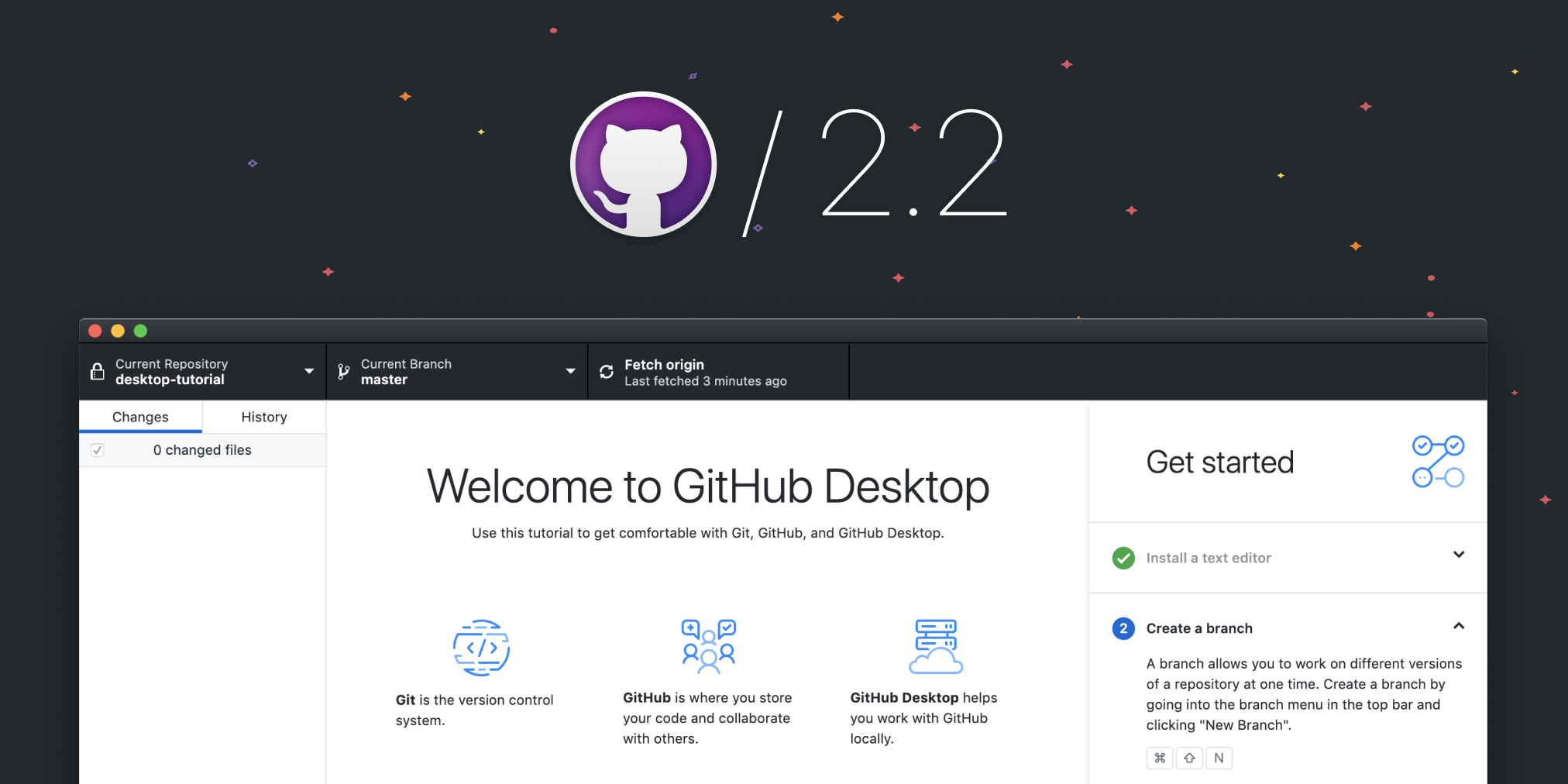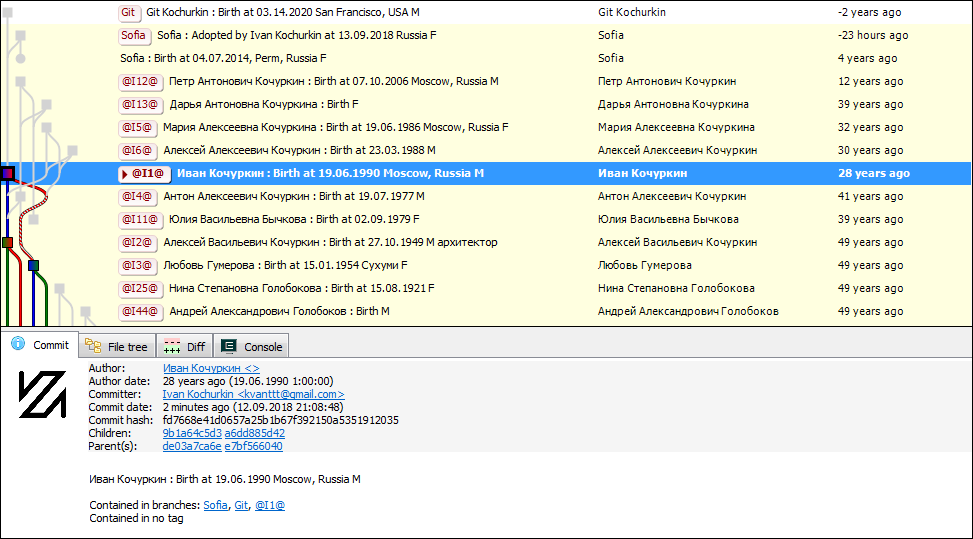Hello everyone!
Today I'm going to tell about how is test task to job interview became the library
Image Comparison. It's an open-source library, which is hosting on GitHub.

Before I start, let me introduce myself. My name is Roman. I'm a husband and father. I'm a software engineer in Epam Systems with 4 years of experience in IT.
The main idea of this topic is to tell, that creating an open-source product it's not wasting time, no! It's an amazing experience, which is going from all the open-source community. It's a time when you're a developer, project manager, product manager in one head.
While this library is growing I have been working with people from more than 10(!!) countries, such as the USA, Germany, Chine, India, Russia, Ukraine, etc.
Let's move on from the start of this story…



















